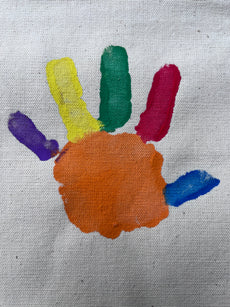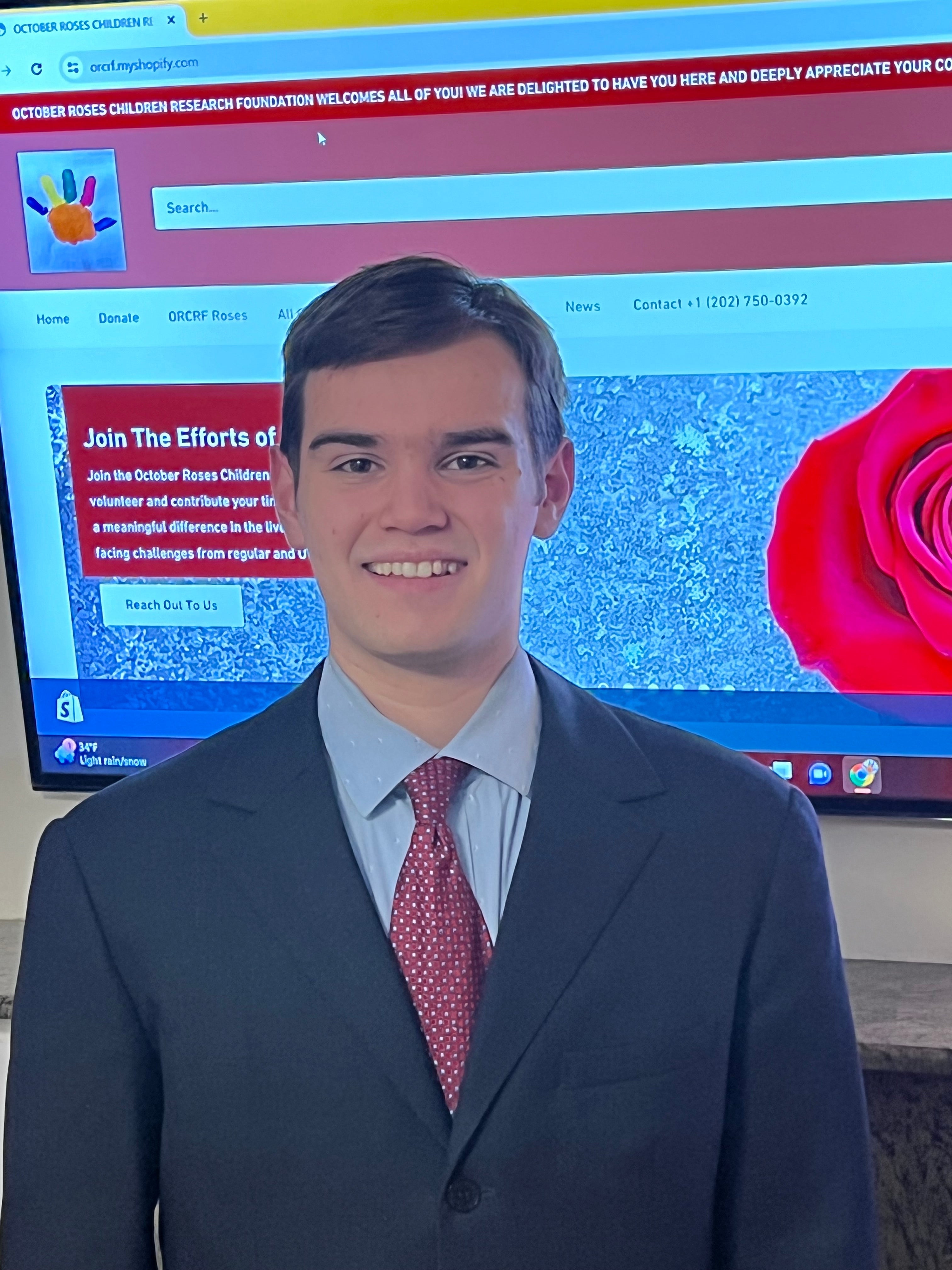From Sunburn to Skin Cancer: The Alarming Truth About UV Rays Exposure
Video Link Available Here: https://youtu.be/EZFLD0gP7y4
People love the beach. In fact, we love it so much that in the United States alone, 180 million people visit the beach 11 times each year on average. That’s 2 billion trips to the beach every single year. I know it’s impressive, I did the math in my head. So, why do people love going to the beach so much? Is it the sand, the water, the breeze? Well, it’s primarily the sun. We love to bask in the sun's warmth. It lifts our mood on sunny days, helps us get an attractive tan, and warms us up with its gentle touch. However, is the sun really as gentle (harmless) as we trust it to be?
Imagine you are Mary & Steve, the parent of a six-month-old boy or girl and you decide to enjoy a beautiful sunny day in March at the park. The breeze of the spring air is refreshing, the temperature is pleasant, and the sun is just perfect. You let your child bask in the sun’s gentle spring rays only to wake up the next morning in horror. Your child is now displaying signs of second-degree burns on his skin and is completely blind.
The increased exposure to the sun’s rays, due to the weakening of the ozone layer, is leading to growing health concerns. This depletion in the ozone layer is allowing more ultraviolet radiation to reach Earth, intensifying the sun’s impact on our skin and health. Therefore, let’s dive into the reasons behind the increasing danger of the sun’s UV rays, examine their effects on our health, and explore protective measures we can adopt to safeguard ourselves and our loved ones from these harmful UV rays.
There are three types of Ultraviolet (UV) rays: UVA, UVB, and UVC. Of these, UVC rays do not reach the Earth's surface due to atmospheric absorption. However, UVA and UVB rays do penetrate the atmosphere and have increasing effects on our skin. This increase is not due to the sun growing in intensity itself, but rather due to changes in the Earth's atmosphere, specifically the depletion of the ozone layer.
The ozone layer, as explained by the U.S. Environmental Protection Agency, consists of ozone molecules that absorb a significant portion of the sun’s UV radiation. Over the years, human activities have led to the emission of chemicals like chlorofluorocarbons (CFCs), which have contributed to the thinning of this layer. As a result, more UV rays, particularly UVA and UVB rays, reach us, heightening risks like skin cancer and other health issues. So the sun isn’t intensifying itself. Instead, this phenomenon is more closely linked to environmental changes, particularly those associated with climate change.
So, how exactly does the increased danger of the sun’s rays affect us here on Earth? Well, a primary concern is the heightened risk for skin cancer. The Illinois Department of Public Health highlights a stark reality: 90% of skin cancers are attributed to direct sun exposure. Echoing this concern, the Skin Cancer Foundation states that skin cancer is now the most prevalent cancer in the United States.
Furthermore, the Skin Cancer Foundation reports a concerning statistic: in the United States, skin cancer claims the lives of at least two individuals every hour, making it a leading cause of cancer-related deaths. Additionally, prolonged sun exposure can lead to other serious health issues, including vision impairment in children, weakened immune response, accelerated skin aging, and in extreme cases, blindness in young children.
While there are viewpoints that emphasize the health benefits of sun exposure, such as natural Vitamin D synthesis and the cosmetic appeal of a suntan, these benefits must be weighed against the risks. It is essential to acknowledge the value of these perspectives while also emphasizing the importance of consistent and effective sun protection. By doing so, we can safeguard ourselves and our loved ones from the potentially detrimental effects of the sun's UV rays.
Over the summer, I had the invaluable opportunity to serve as the executive spokesperson for the October Roses Children Research Foundation, an advocate for UV safety. My time with the organization educated me on the potentially detrimental effects the sun’s rays can have on our skin and overall health. One of the most shocking aspects was learning about the sun’s acute risks to infants where, in some cases, direct sun exposure can cause temporary sudden blindness in young children. So, what can we all do to protect ourselves and others from the increased danger of the sun’s UV rays? To effectively protect ourselves and others, proactive measures and daily habits are essential. These include consistently applying sunscreen, even on cloudy days and during spring when our skin has been less exposed during winter, regardless of the skin tone. Additionally, wearing protective clothing such as long-sleeved shirts, sunglasses, and using umbrellas on sunny days can significantly reduce UV exposure.
Do you remember the story of Mary and Steve? That story was both true and 100% preventable. This is why it is particularly crucial for families with infants and newborns to understand the heightened vulnerability of a baby’s eyes to UV damage. Parents should minimize an infant’s direct sun exposure and use sunglasses to safeguard their delicate eyes. Additionally, it is imperative that parents apply sunscreen to their child’s skin periodically, preferably about every 30 minutes depending on the sunscreen’s SPF level, which helps protect them from the catastrophic effects of the sun’s UV rays.
Awareness of the sun's peak intensity hours, typically from 10 AM to 4 PM, is also key. You might think this is the best time to have fun outdoors. However, during these times, it's advisable to avoid direct sun exposure, seeking shade under trees or shelters whenever possible. However, many public spaces currently lack adequate shaded areas. Increased shade in our cities and parks would allow us to better shield ourselves from the sun’s harmful rays. Supporting initiatives like the Shade Skyway Program by the October Roses Children Research Foundation can be instrumental in addressing this issue. This program collaborates with architectural and urban planning experts to create innovative shade solutions in public spaces such as parks, city attractions, and schools, considering the sun's orientation for optimal shade. In addition to physical structures, canopy trees are exceptional in creating large shade environments in public spaces. Their unique structure allows them to cast a broad blanket of shade over vast areas.
In addition to physical structures, canopy trees are exceptional in creating extensive shaded environments in public spaces. Their unique structure allows them to cast a broad blanket of shade over large areas. Besides man-made structures, canopy trees are notably effective at providing widespread shade in public spaces, thanks to their distinct structure that enables them to cover large areas with shade over vast spaces.
Furthermore, advocating for and participating in Canopy tree planting initiatives not only combats climate change but also provides natural and effective shade areas in public spaces. Canopy trees can be lifesaving, offering essential refuge from the sun's rays, which can be the difference between health and harm for those particularly sensitive to UV exposure.
So, while the sun offers us enjoyable moments and attractive tans, it's crucial to be aware of the potential harm it can cause to our skin and overall health. Supporting initiatives aimed at increasing shade availability in our communities is a vital step in enhancing outdoor safety. Engaging with organizations like the American Academy of Dermatology and the October Roses Children Research Foundation helps spread awareness and contribute to the development of solutions that can positively impact our families and communities.
Additionally, to effectively protect ourselves and our loved ones from the sun's increasingly dangerous UV rays, proactive measures are essential. Simple steps such as applying sunscreen and wearing protective eyewear can make a significant difference. By uniting in our efforts to address this issue, we can enjoy the sun's benefits while ensuring our safety and protection. Let's collectively strive to create a balance where we can bask in the sun's warmth without compromising our well-being.
Media Contact:
Writing by: Jules B Gavris
Spokesperson: Jules B Gavris
Available on: LinkedIn / Facebook
Email: main.ORCRF@gmail.com
Phone: 1-(202) 750-0392
Wesite: www.ORCRF.org
#UVAwareness #SkinCancerPrevention #SunSafetyFirst #UVProtectOurKids #ShadeSkywayProgram #SafeInTheSun #SPFMatters #HealthyUnderTheSun #UVProtectionNow #CanopyTreeInitiative #PreventSkinCancer #UVBlindnessAwareness #SunburnIsSerious #SmartSunHabits #OctoberRosesChildrenResearchFoundation #ORCRF #JulesBGavris #JulesBGavrisSpokesperson #JARVISMedia

